Analysing Pakistan’s Modern Dairy Value-Chain Innovation
Interventions in agri-food value chains are thought to potentially make important contributions towards enhancing agriculture’s role in nutrition. Some frameworks have begun to identify sets of requirements for pro-nutrition value chains. Pakistan’s dairy sector has been the focus of a business-driven innovation which introduced ultra-high temperature treated (UHT) milk in aseptic packaging. This was expected to relieve existing constraints in production and distribution, raise incomes for producers, and increase the supply of an affordable nutrient-dense food to consumers. While this innovation appeared to fulfil most requirements of a pro-nutrition value chain, it ultimately failed to act as a bridge between farmers and consumers. Instead, it led to the introduction of non-dairy products and imported raw materials. This case study examines the value-chain innovation by placing it in the context of the broader post-farmgate system for the supply and distribution of milk, including existing (traditional) value chains which predated the innovation. It shows that while existing frameworks take a relatively static view of whether an innovation prospectively fulfils certain requirements, businesses can alter entire value chains quickly in response to market conditions.
view report:
Publication categories:

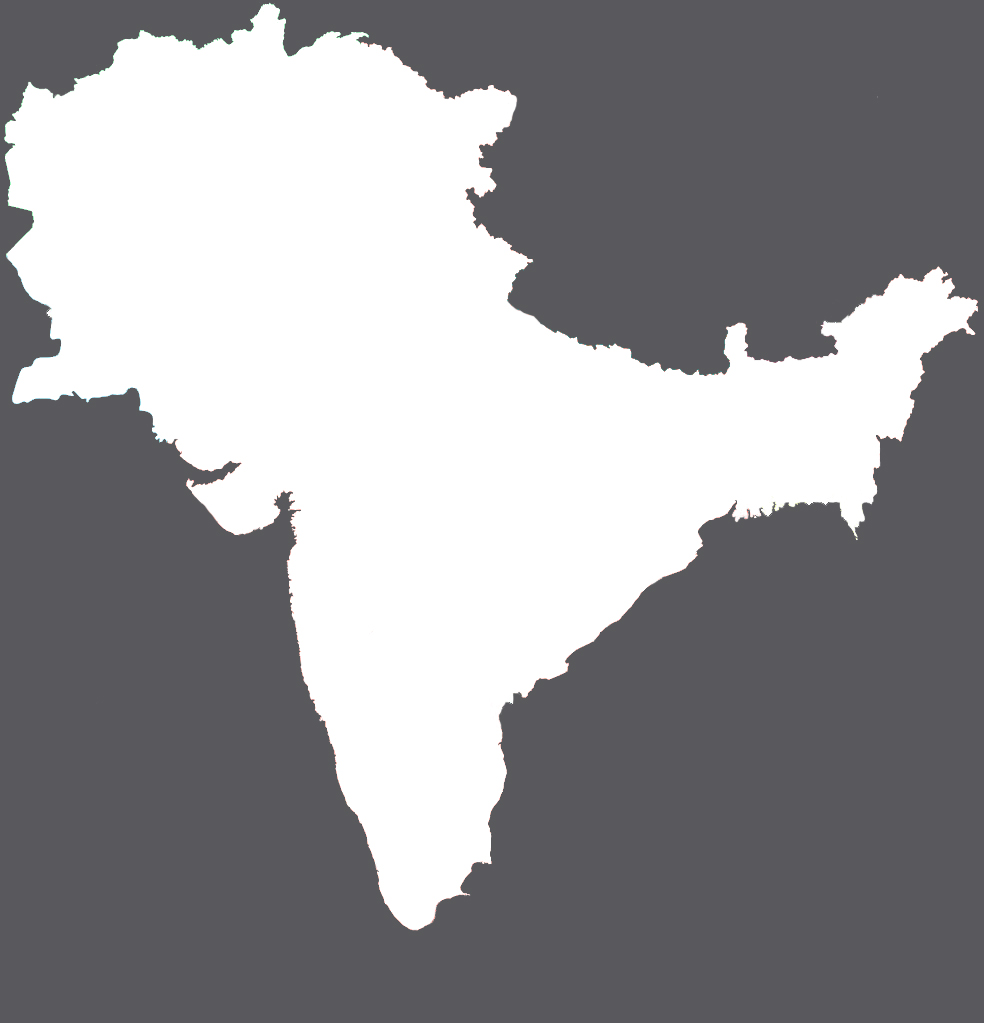
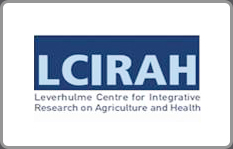
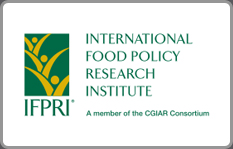
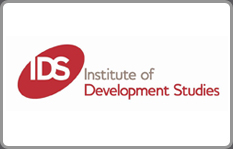
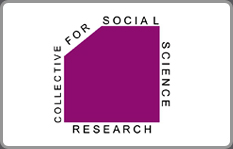
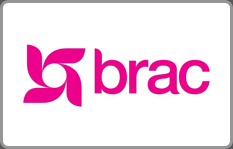
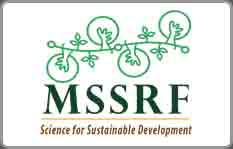
Add new comment